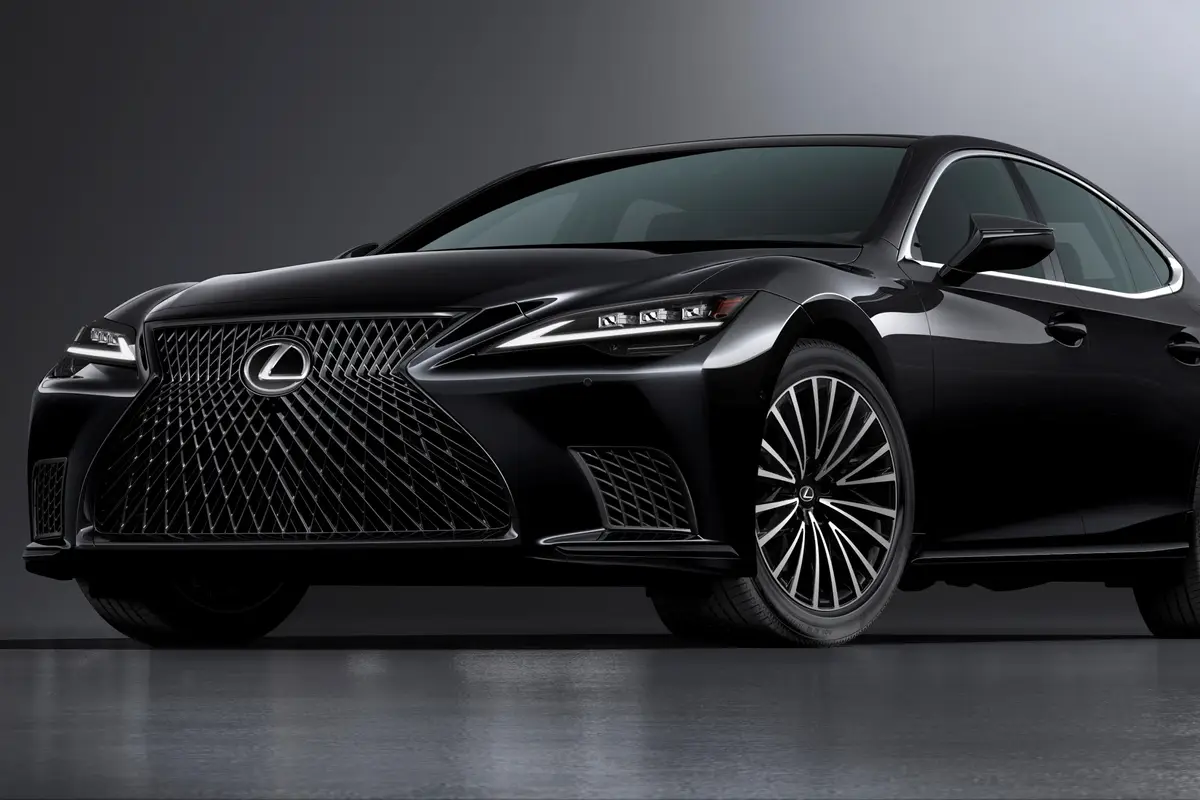chicagotribune.com's view
Roughing it used to mean driving a Jeep.
With the introduction of the `93 Jeep Grand Cherokee, the utility vehicle has evolved into a luxury sedan that looks like a Jeep but can be driven on or off the road.
The folks from Willys, which predated the American Motors/Chrysler Corp. marriage, never thought it would come to this. The utility vehicle has been tamed-perhaps too much.
The Grand Cherokee is civilized to the point of being sterile. Jeeps were bold and brassy. The torment of being jostled and tossed about was one of the things that set a Jeep apart from any other vehicle. Jeep was cute but crude. The Grand Cherokee is cute and cuddly.
Chrysler`s Francois Castaing, vice president of engineering and general manager of the Jeep platform, says the intent of the new Jeep is “to set a new standard for on-road ride, handling and comfort in a sport-utility vehicle.“
The Grand Cherokee, he said, was designed to eliminate much of the shake, vibration or harshness from road contact.
What that means is the Grand Cherokee Laredo we test drove had a cushy suspension system. You can travel endless hours cradled in the large, comfortable seats.
You don`t feel road harshness in the steering wheel or the seat, but you also don`t really feel much of anything to let you know you`re on the pavement with 3,000 pounds at your disposal. Ride and handling is very minivan like.
The Grand Cherokee is the type of vehicle you`d like when you need to cart the boat up to the cabin for a weekend at the Dells or to haul the family for a week`s vacation at Disney World. It`s very functional and holds a load of people and their possessions.
The Grand Cherokee is the Big Brother to the Cherokee. A larger Cherokee was planned in 1986 by American Motors Corp., but the acquisition of AMC by Chrysler in 1987 delayed completion of the program until now. Chrysler chose to focus on its new minivans, and the larger Cherokee, the ZJ, was put on hold.
By waiting with the larger Cherokee, Chrysler finds itself having to compete with an even larger Ford Explorer utility vehicle and its more than 200,000 unit annual sales.
Grand Cherokee has a longer wheelbase (105.9 inches versus 101.4) and overall length (176.5 inches versus 168.8) than the Cherokee. It`s also about an inch taller and wider.
Still, the Grand Cherokee four-door is smaller than the Explorer four- door with its 111.9-inch wheelbase and 184.3-inch length.
Chrysler boasts it tops Explorer in a few departments, however, such as Offering a standard driver-side air bag, whereas Explorer offers none; offering four-wheel anti-lock brakes as standard, compared with Explorer`s rear-wheel anti-lock system; offering three four-wheel-drive systems from part-time to full-time, versus one four-wheel-drive system in Explorer; and being powered by a 4-liter, 190-horsepower in-line 6-cylinder engine, compar ed with Ford`s 155-h.p., 4-liter V-6.
The 4-liter 6 did its job. It was quiet yet peppy enough to move the weight from the line without groaning. The mileage rating with 4-speed automatic is 15 miles per gallon city/20 m.p.g. highway. The rating with standard 5-speed manual is 16/21.
This fall, Chrysler will add a 1993 Grand Wagoneer to the lineup, a luxury upgrade of the Grand Cherokee with a 5.2-liter, 220-h.p. V-8 that not only will boost off-the-line power, but also will increase towing capacity to 6,500 pounds from 5,000. For those more interested in mileage than towing or off-roading, a two-wheel-drive Grand Cherokee will be added in the fall.
The goodies in the Grand Cherokee are impressive. Our test vehicle came with command-trac four-wheel-drive. We could switch from 2WD on dry roads when we wanted optimum mileage to 4WD in the rain or snow when mileage was secondary to traction by pulling the knob on the floor-mounted transfer case. T e driver-side bag and ABS provide physical and psychological security.
The seats are wide and comfortable. You can seat four adults or two adults and three kids in this four-door hauler.
However, if the two adults up front are long-legged 6-footers, the passengers in back will sacrifice some room when the seats are pushed back.
Nice touches include a spring-held hood, dual cupholders in the console, a deep stowage container in the console large enough to carry sack lunches for the kids on a long trip, a pullover cover in the cargo area to conceal packages or luggage, and very large power outside mirrors to provide excellent visibility in a vehicle that will be driven in poor weather, when seeing the car behind or on the side is vital.
A few items need to be changed, however. The rear-window wiper is at the top of the glass and sweeps down and across. It doesn`t clear as much glass as it would if it were at the bottom of the window and swept up and across.
Then, too, the glove box is big enough to hold only the owner`s manual; the automatic gear-shift lever blocks access to the ashtray; the power window controls are in the driver and front-seat passenger armrests, which jut out at knee level and steal some room.
The small glove box obviously is a concession to the fact it will be gone when the passenger-side air bag is added; a bag takes precedence over gloves. And blocking an ashtray is not going to win many complaints in a society in which smokers must ply their trade out of the office, off the grounds and in another county.
Yet moving the power window buttons to the center console could be easily accomplished without upsetting the interior layout.
The Laredo we tested had the spare tire in the rear cargo compartment. That`s not as decorative as having it mounted on an exterior carrier attached to the rear hatch lid, and you do lose cargo carrying capacity with the tire inside.
But what you lose in cargo capacity you gain in rear visibility. The inside spare is along the sidewall out of view, whereas a rear-mount would block the window and some visibility.
Grand Cherokee prices range from $18,980 to $27,433 versus roughly $14,500 to $25,000 on the smaller Cherokee.
This fall, Chrysler will put more distance between the two sizes of Cherokee by removing some equipment from the smaller models to make them low- cost price leaders. And a police package is being added to the smaller Cherokee.
Our Laredo test vehicle carried a base price of $20,125. Standard equipment, in addition to that above, includes power brakes and steering, lower bodyside plastic cladding to guard against nicks and rust, a 23-gallon fuel tank, rear-seat heating ducts, intermittent wipers and rear-window wiper, underhood light, reclining front bucket seats and split rear seat backs that fold individually to allow increased cargo room, AM/FM stereo radio with clock, tinted glass, cruise control, tilt wheel, floor mats, roof rack, power remote mirrors and 15-inch all-season tires.
Options included air conditioning, rear-window defroster, AM/FM with cassette upgrade, and power windows/door locks in a $1,755 package. Automatic transmission is an $877 option, command-trac $394, and upgraded and larger P225 15-inch all-terrain tires (P215 all-season are standard) were $229.
With a $485 freight charge added, but a $1,000special Olympic discount because Chrysler is a sponsor of this year`s games, the sticker came to $22,865.
>> 1993 Grand Cherokee Laredo Wheelbase: 105.9 inches Length: 176.5 inches Engine: 4 liter, 190-h.p. inline 6. Transmission: 5-speed manual; 4-speed automatic opt. Fuel economy: 16 m.p.g. city/21 m.p.g highway manual; 15/20 automatic. Base price: $20,125. Strong point: Room, comfort, air bag, ABS, four-wheel drive, long list of standard equipment. Weak point: Sedan like suspension, minivan-like ride and handling.
Latest news



